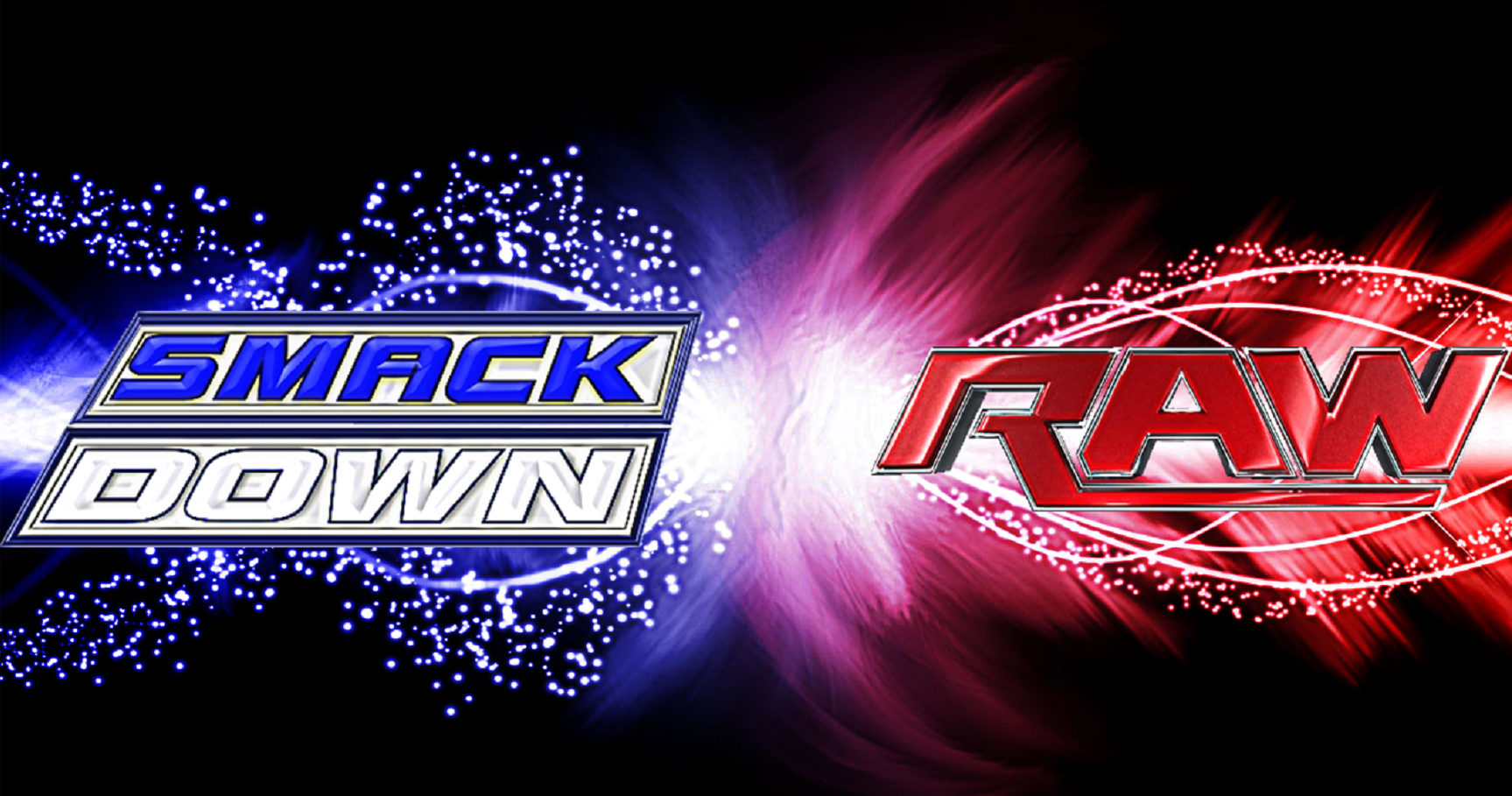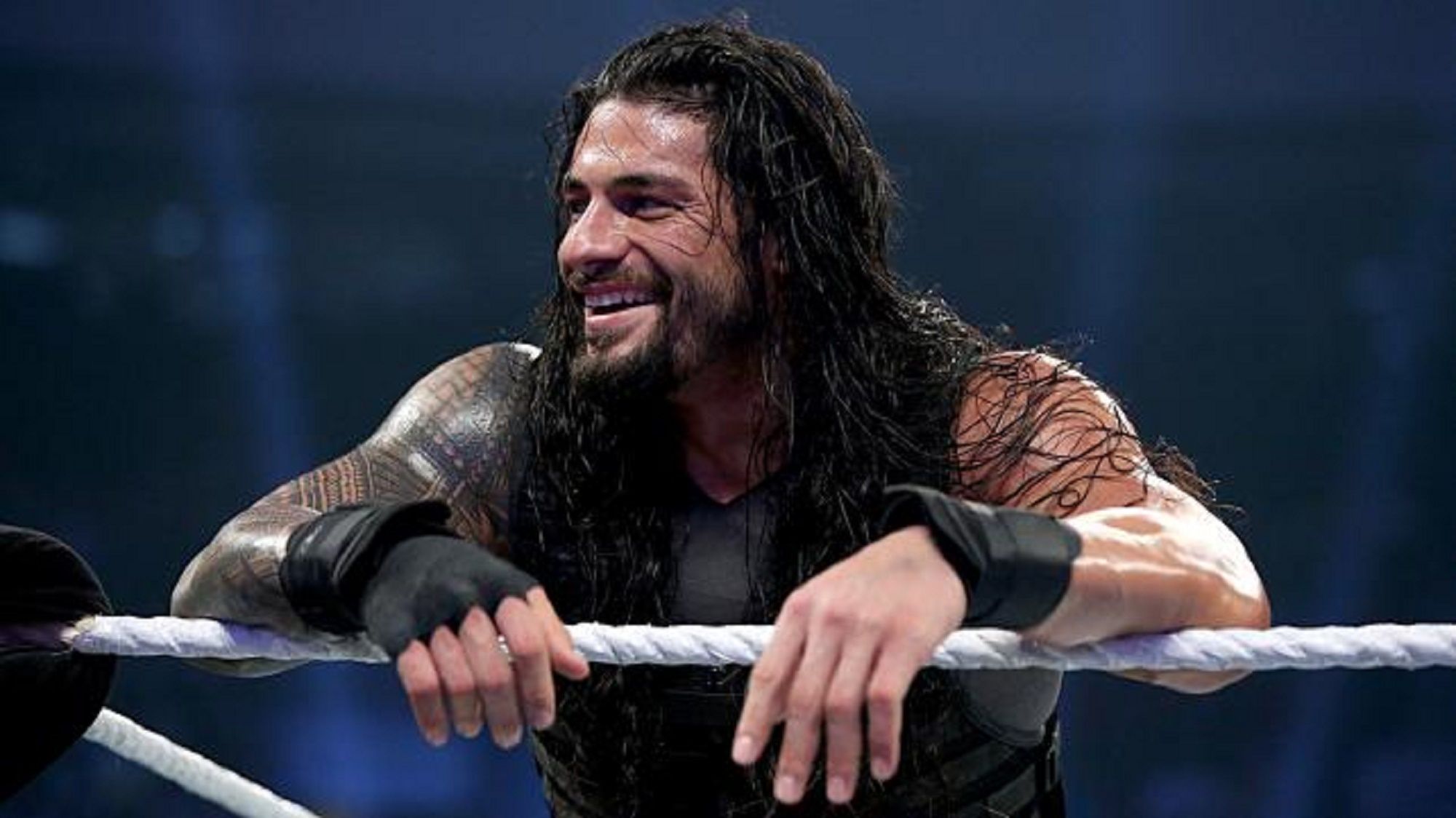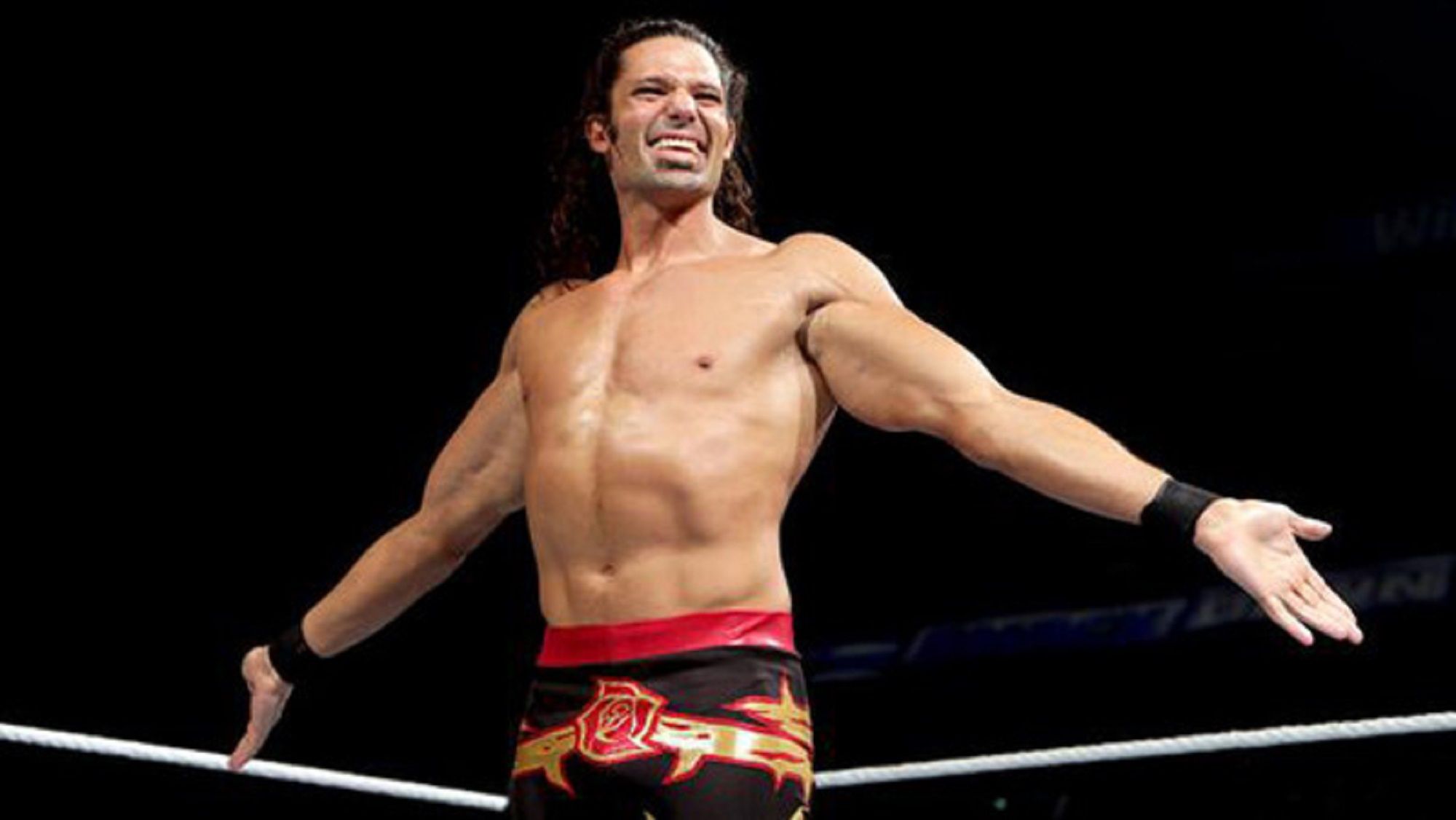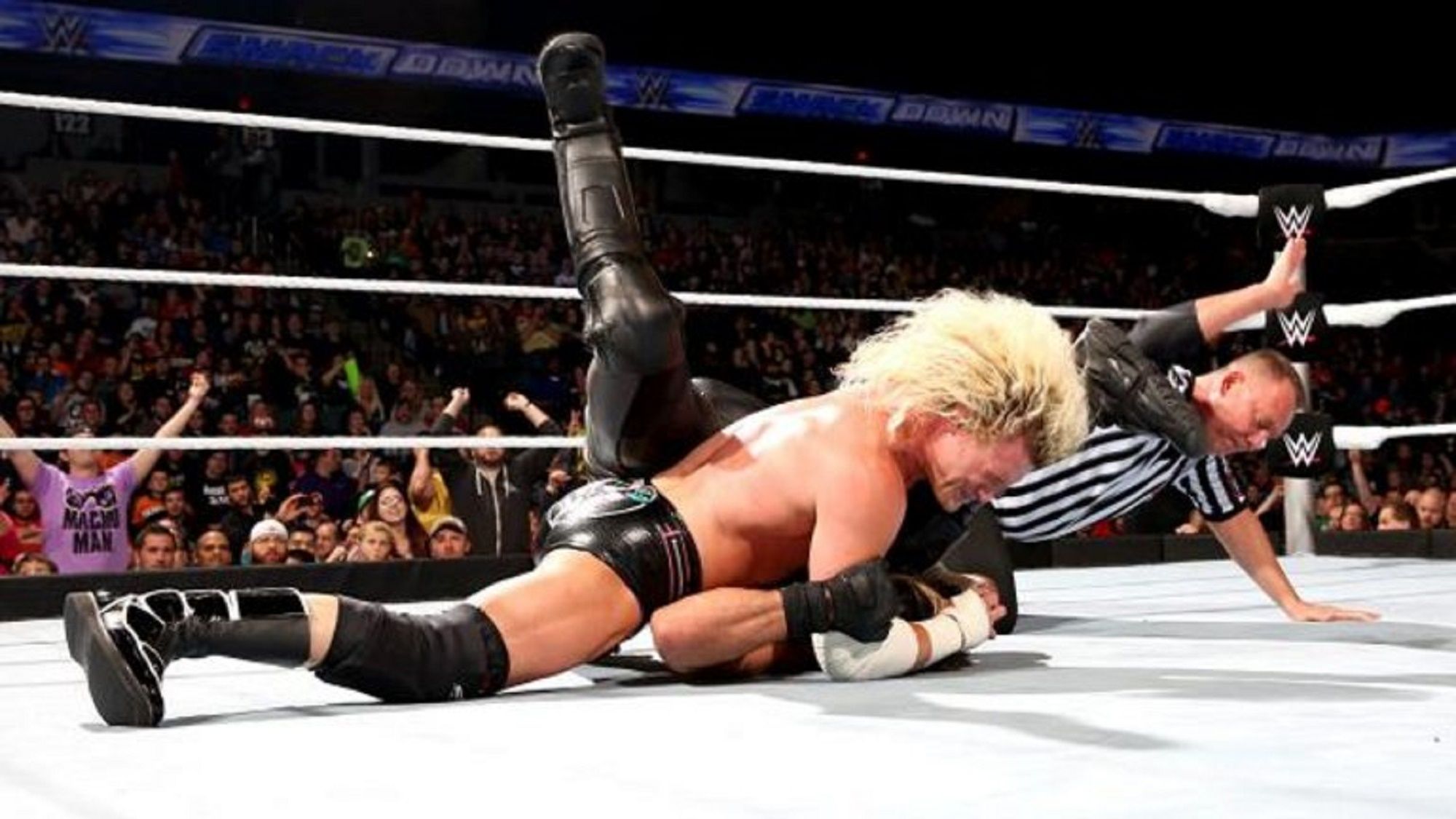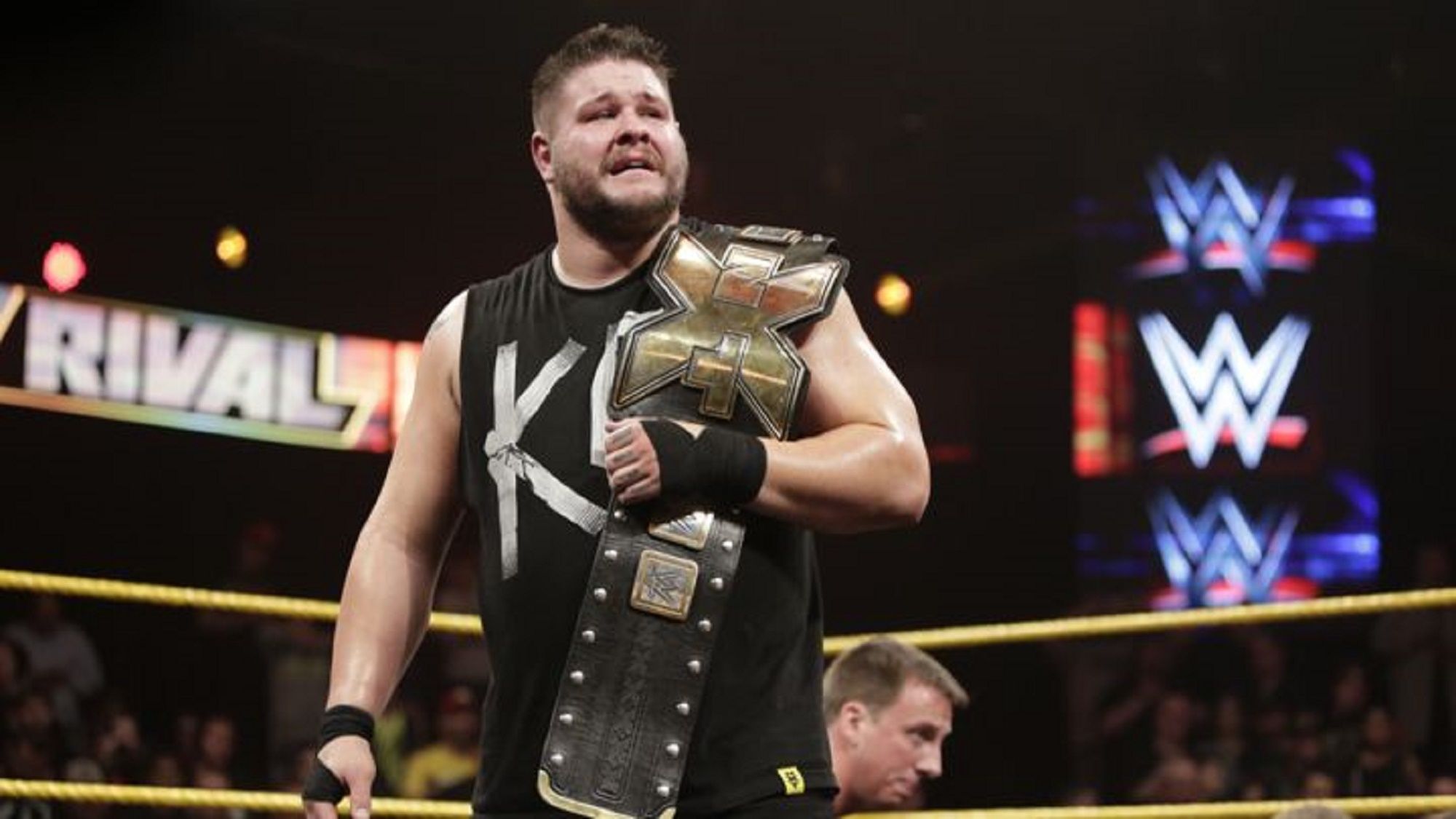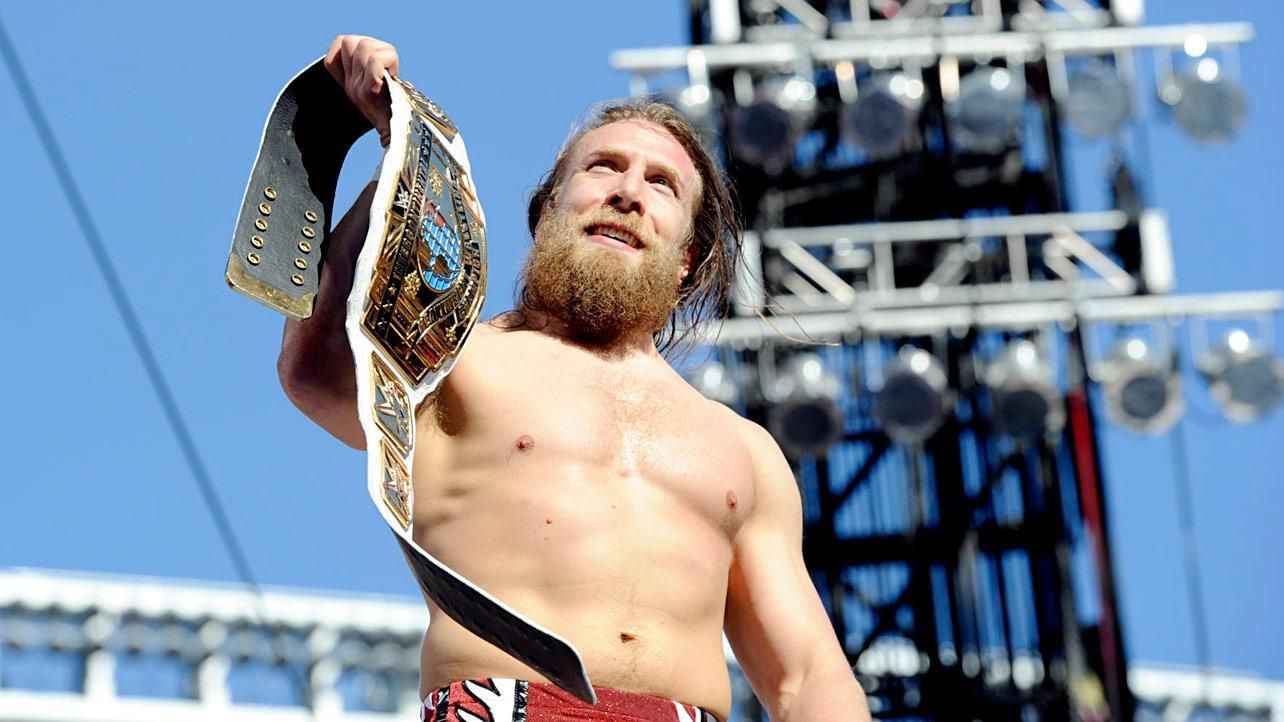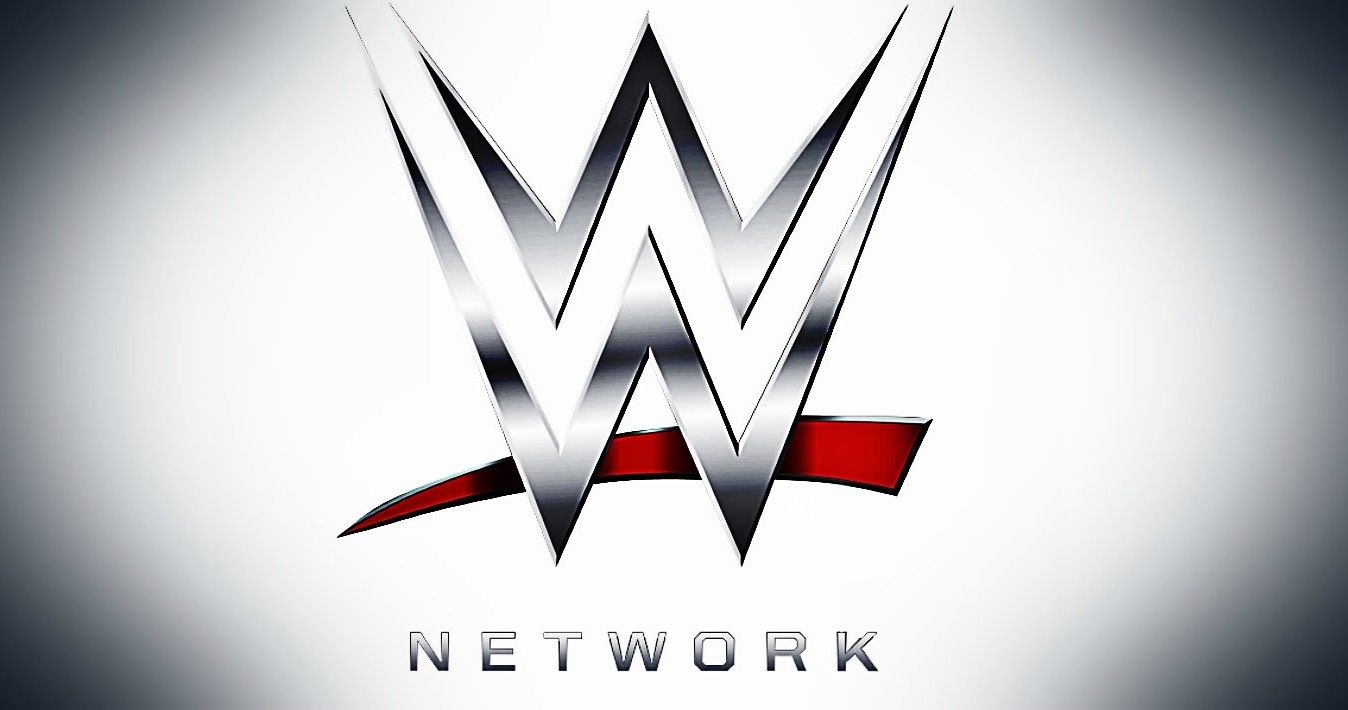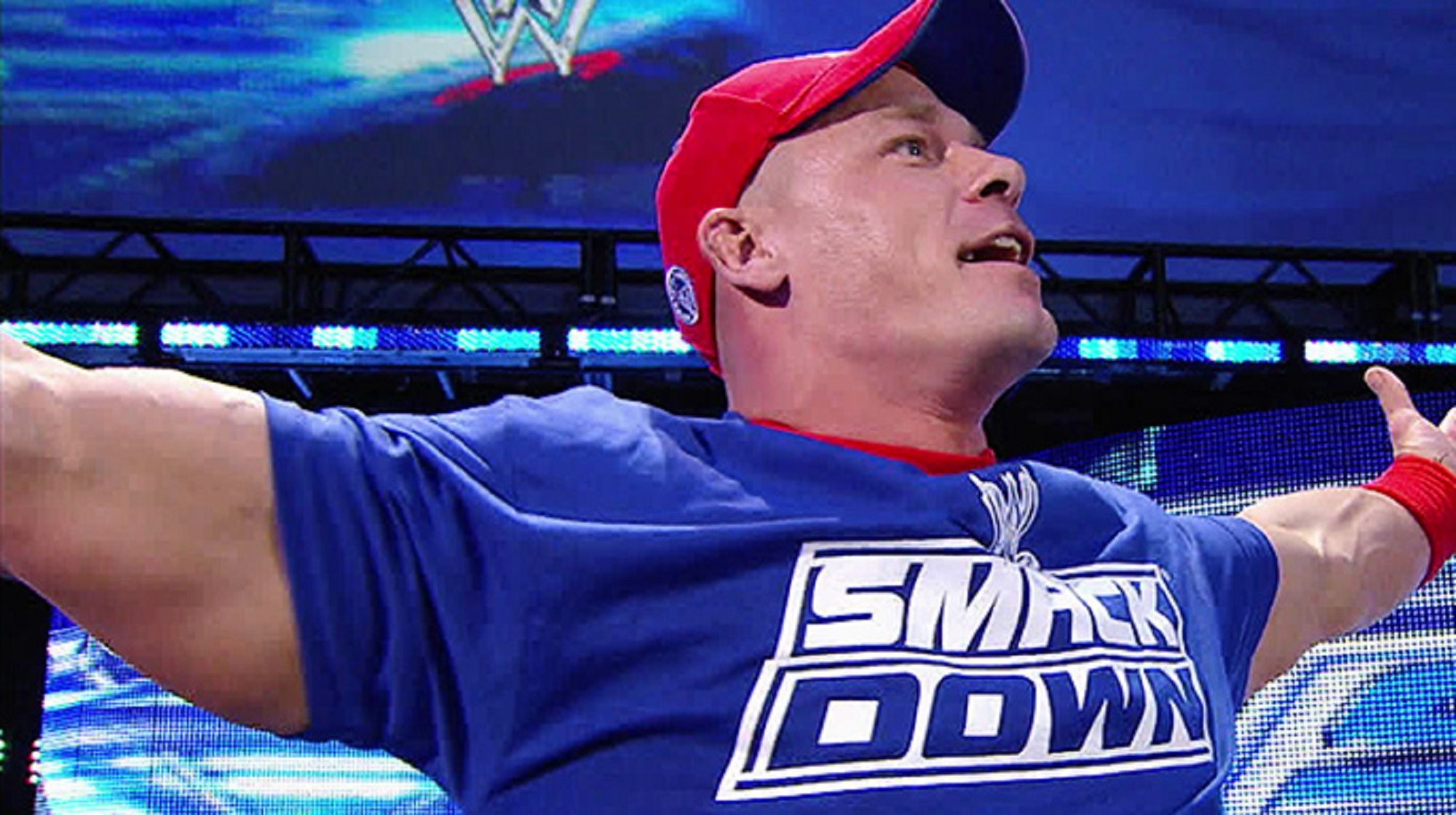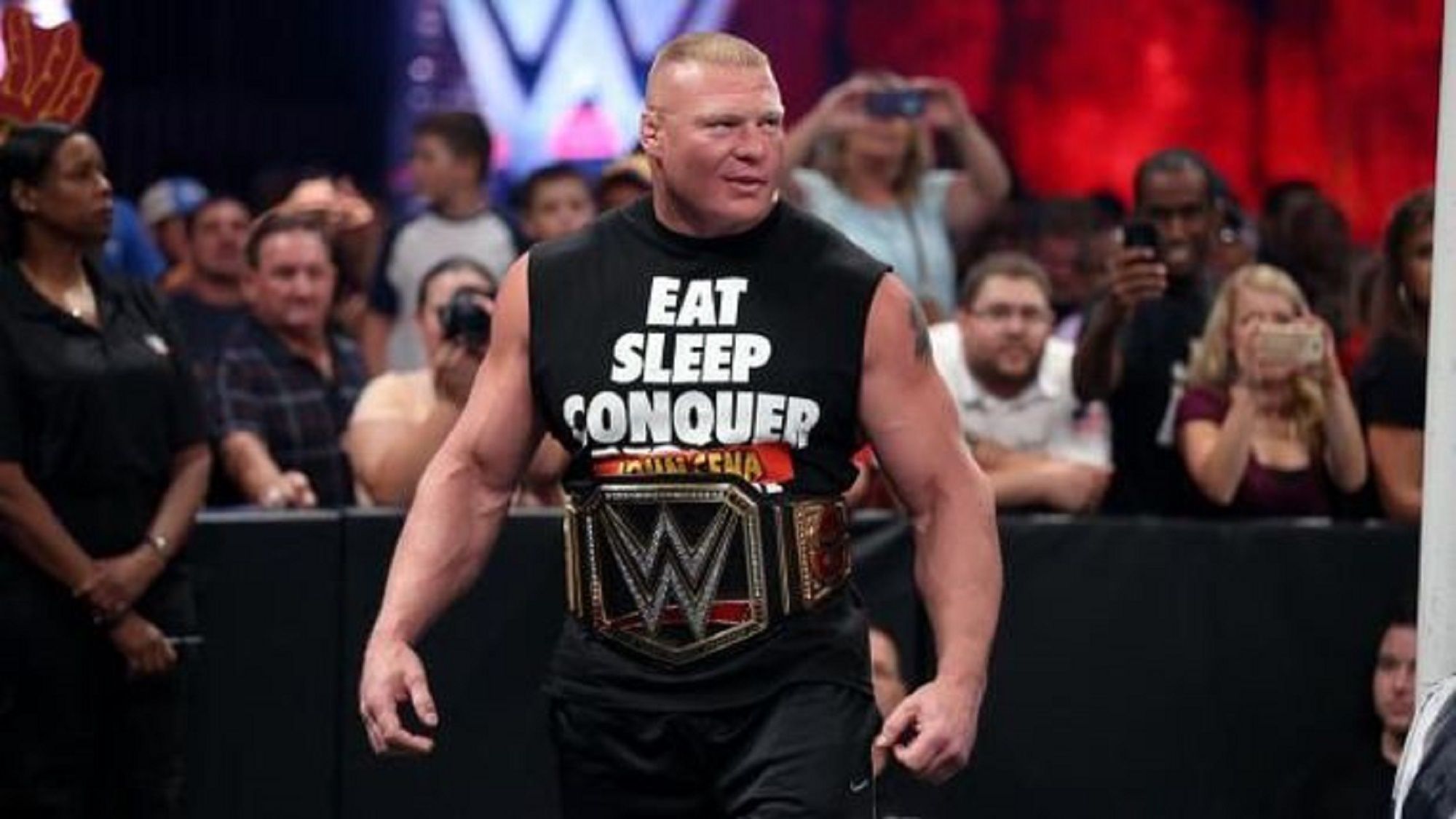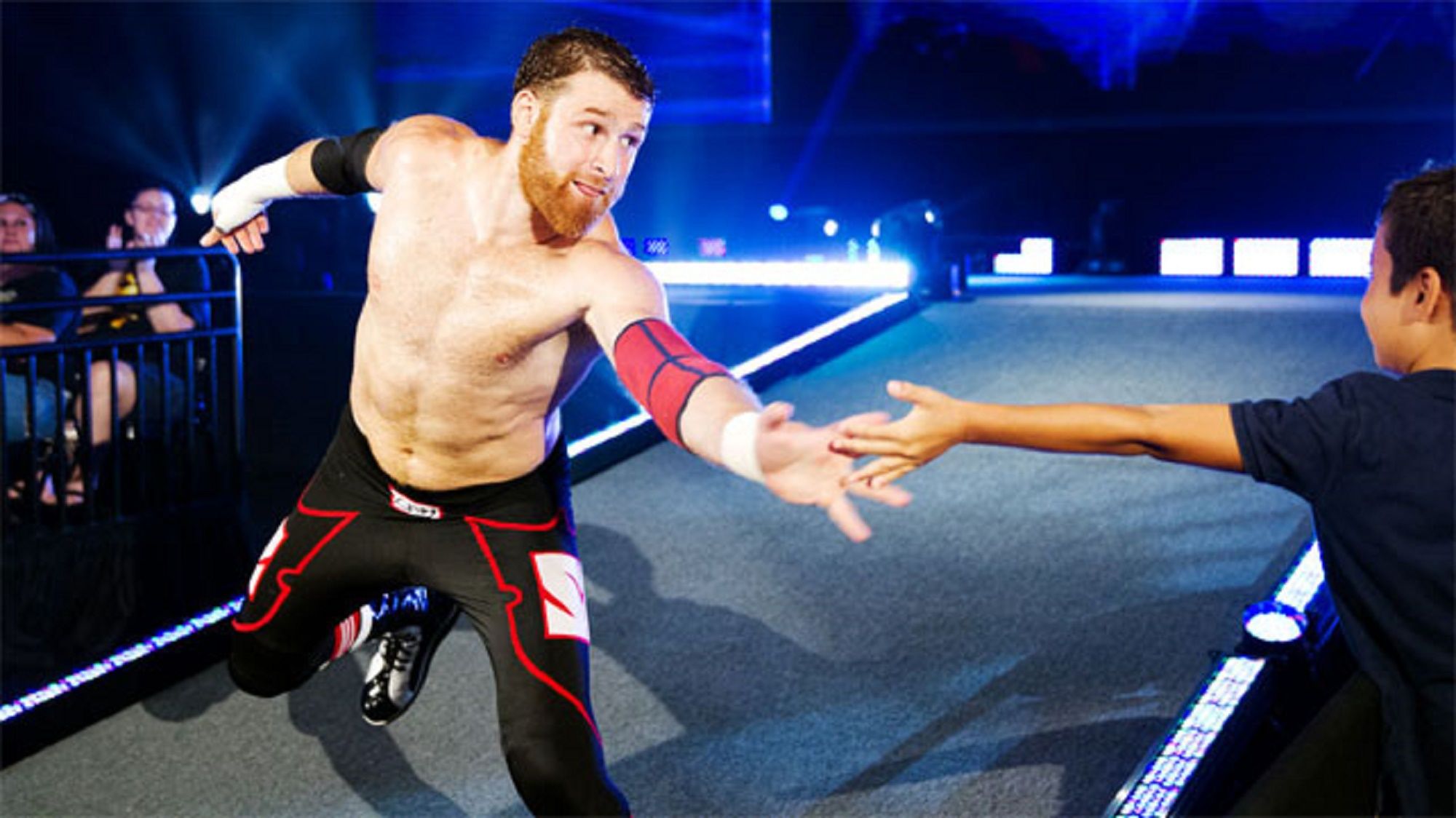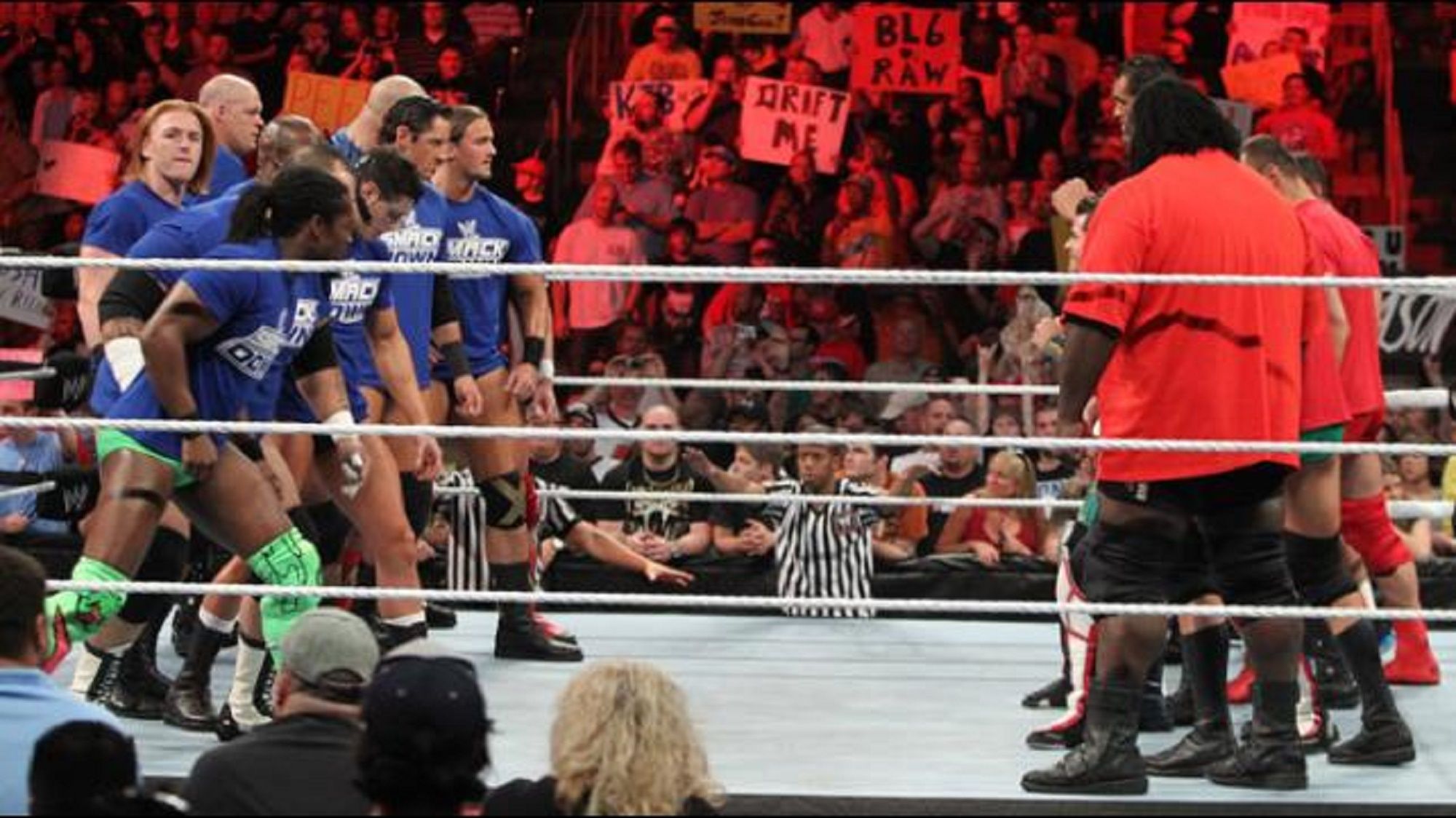The 1990s were a magical time for a variety of businesses and forms of entertainment. That decade brought us the explosion of the Internet and with it more websites than any person could visit in a lifetime. It was understandably only a matter of time before the so-called “Internet Bubble” burst, and the same was the case for the state of professional wrestling in North America. There was never a situation where the WWE, WCW and ECW could all thrive and survive for a long period of time. It was the WWE that was the final organization left standing tall when the dust settled.
Things only got worse for the state of pro wrestling in 2001 when, largely because of pride over all that had occurred during the “Monday Night Wars,” the WWE thoroughly botched the “Invasion” angle. After getting things wrong for so long, the company that eventually became WWE got things right with the “Brand Extension” era that saw the Raw and SmackDown brands become separate entities. After years of successful angles and memorable matches, the WWE ultimately screwed up the extension because, well, of course the company did. That idea was abandoned, for many reasons, in the summer of 2011.
Perhaps the time has come for the WWE to revisit the idea of having Raw and SmackDown be brands that are, minus the occasional showdown or pay-per-view event, separate. At no point over the past four years has the WWE been, as it pertains to talent on the roster and also the company's plans to acquire wrestlers in the future, ready for another brand extension, like they are today and such a switch in policy and in booking strategies could provide what is a much-needed shake-up to a product that is flirting with becoming as stale as it was in the spring of 2002.
10 10. WWE Product Needs a Shakeup
During what is supposed to be the most exciting part of the WWE calendar, the weeks and months leading up to WrestleMania (WrestleMania 31 in this case), the on-air product that was put out to fans on a weekly basis was downright stale. Roman Reigns, positioned to be the next top babyface in the company, received lukewarm reactions from crowds, and WWE television has not improved since the top pay-per-view event of the year. A brand extension would not, on its own, solve everything for the WWE, but it could be a solid first step in the right direction.
9 9. Cutting Dead Weight
The WWE utilizing main event players on both Raw and SmackDown has resulted in, no disrespect meant, lots of dead weight being on the main roster and in the NXT developmental program. Spreading talent out to Raw and to SmackDown would allow, to steal a phrase from “Macho Man” Randy Savage, the cream to rise to the top, and it would result in those who cannot get over with fans to either be dropped back down to NXT or, unfortunately for them, to be released. While that is a harsh reality for the performers who sacrifice their bodies inside of rings, WWE fans deserve to see the best of the best every single week.
8 8. Two Different Forms of WWE Programming
It is easy to remember that dark days of the brand extension included episodes of Raw dragging along and SmackDown being responsible for throwaway shows each and every week. Back in the day during the era of the “SmackDown Six,” however, the two shows were essentially two different products. While Raw was more of a prime-time entertainment program, SmackDown was known as the wrestling show that provided the better overall matches. That could, when you examine all of the talent that is on the overall WWE roster, once again be the case with the rebirth of the brand extension.
7 7. Faster NXT Call-ups
I absolutely understand why the WWE is keen on sending great wrestlers like Kevin Steen, Fergal Devitt and Kenta Kobayashi down to NXT. The company wants to repackage those wrestlers and have those champions from overseas and from independent circuits learn the WWE style of performing. With that said, those guys do not need to spend more than a couple of months in NXT before they are called up to one of the two brands, with SmackDown being used in this example as if it were to again become the “wrestling show.” The WWE would do well to allow top NXT talents to get over with casual fans and not just among those who watch the WWE Network, as quickly as possible.
6 6. Repackage the Midcard Championships
Reports from pro wrestling insiders following WrestleMania 31 was that the company is keen on pushing the International Championship and the United States Championship as meaningful titles that will be held by main event players such as Daniel Bryan and John Cena. What better way to give even more importance to those titles than to make them the top single belts on the separate Raw and SmackDown brands while the World Heavyweight Champion floats back and forth between the two shows, as was the case in the early days of the brand extension? The company could go even further and make it a special occurrence whenever the International and US Championships are defended either on television or at a “special event.”
5 5. Pay-per-view Shows No Longer As Important
One of the concerns during the original WWE brand split was that the company would lose pay-per-view buys due to certain superstars from either Raw or SmackDown not being on monthly shows. While the company still sells shows via pay-per-view, the WWE also offers those events on the WWE Network for $9.99 per month, and those running the organization would prefer that viewers would subscribe to the network (even if that does not make great business sense). The hurdle that was pay-per-view purchases standing in the way of a brand extension has been taken away thanks to the WWE Network.
4 4. Significant Yearly Roster Changes
One thing about the original brand split that irked fans was the yearly “WWE Draft” that would strip talent from the SmackDown brand to build up the more-watched Raw show. While there was plenty wrong with those yearly draft roster swaps, it was through that method that John Cena, the biggest draw of his generation, got over as the top babyface on SmackDown before he linked up with Raw. If – and it is a big if – the company would have patience and also not make one brand seem bigger and better than the other, wrestlers could get over among casual fans on both shows. It's happened before.
3 3. Floating Champions
One of the reasons that the original WWE brand split ultimately failed was because the company could not help but have too many champions on both shows. Raw and SmackDown both had tag-team champions and a Women's/Divas champions. That is simply not necessarily. While the United States title should be on one show and the International title on the other, there is no reason that the women's and tag-team champions, let alone the World Heavyweight Champion, cannot float back and forth from the two brands from time to time. Champions should not, truth be told, be on television every week, anyway.
2 2. Continued Growth of NXT
Massive beer companies have, in recent times, gone out of the way to purchase micro-brews in order to further their own brands and also put their own spins on craft beers. The WWE is doing the same thing as it pertains to the company's view of the independent wrestling scene via NXT. Rotating NXT performers up to either SmackDown or Raw as soon as those wrestlers are ready would open up spots for unsigned talent that is currently making money either overseas or in independent promotions. Elimination of “dead weight” along with promotions could make NXT be an even better product than it is as of April 2015.
1 1. Friendly Competition
A brand split means two separate rosters, two separate writing teams and two different production crews that are traveling around the world. This should, in theory, lead to some friendly competition among those on the Raw and SmackDown brands. That occurred during the early days of the original brand extension, and it made for some entertaining television until the WWE went out of the company's way to bury SmackDown. Allow the two shows to truly grow underneath the umbrella of a new brand extension, WWE, and you could be in for the best days that the company has enjoyed in years.

